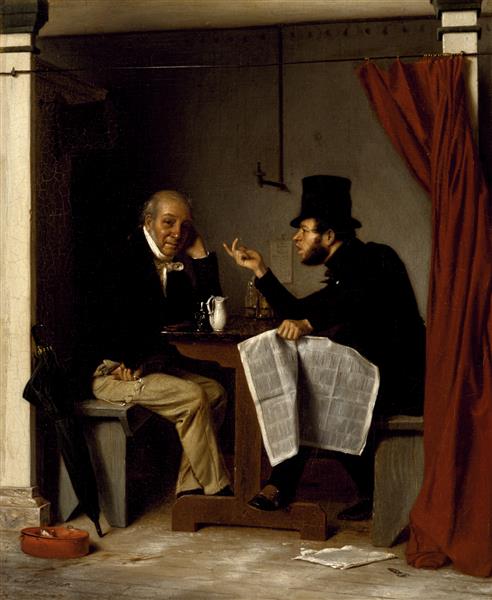Notes
1
Michael Warner, Publics and Counterpublics (New York: Zone Books, 2002), 94.
2
Paolo Virno, A Grammar of the Multitude (New York: Semiotexte), 2004, 70.
3
Warner, Publics and Counterpublics, 90.
4
Jacques Rancière, The Future of the Image (London: Verso, 2007), 46.
5
Georges Didi-Huberman, Images in Spite of All (Chicago: University of Chicago Press, 2008).
6
Ibid., 151.
7
Gilles Deleuze, Negotiations (New York: Columbia University Press, 1995), 44.
8
Gilles Deleuze, Cinema 2: The Time-Image (Minneapolis: University of Minnesota Press, 1989), 179.
9
Ibid.
10
Michel Foucault, The Archeology of Knowledge (New York: Pantheon Books, 1971), 31–39 and 88–117.
© 2015 e-flux and the author
